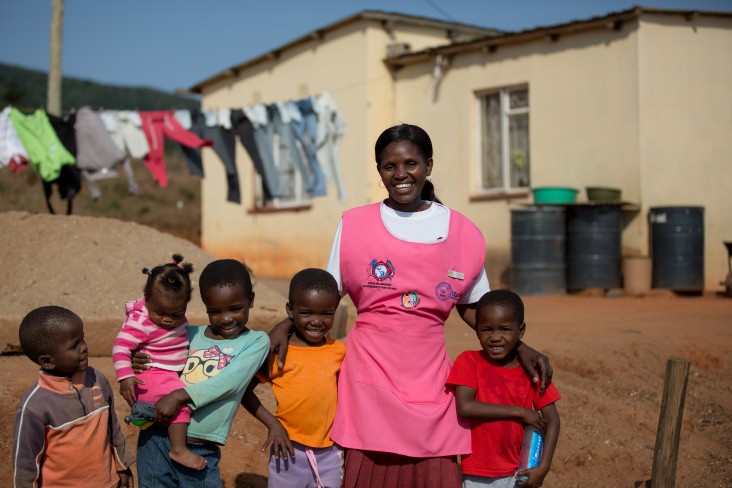Speeches Shim

USAID’s Regional Health Office (RHO) works with PEPFAR teams across Sub-Saharan African countries to mitigate the impact of the HIV/AIDS epidemic and improve health outcomes for Southern Africans.
According to the UNAID Global AIDS Update (p240, 2020), the decrease in new HIV infections in eastern and southern Africa since 2010 is larger than in any other region. The region is closing in on the 90–90–90 testing and treatment targets. Seven countries have reached those Fast-Track Targets (Botswana, Eswatini, Namibia, Rwanda, Uganda, Zambia and Zimbabwe), and three others are very close to doing so (Kenya, Malawi and the United Republic of Tanzania).
Five of these countries, Botswana, Eswatini, Namibia, Zambia and Zimbabwe fall within the southern Africa region are directly served by the Regional Health Office. Despite this considerable progress, according to UNAIDS there is still a need to reduce the incidence of new infections among women, and the incidence of HIV infections among adolescent girls and young women (aged 15 to 24 years). There is also a need to increase the percentage of children who are virally suppressed. Despite considerable progress made in reaching people in the region with treatment, the percentage of children with a suppressed viral load was only 40% (compared to 66% among adults). Finally, there is a need to further reduce the number of deaths due to HIV and AIDS. According to the UNAID Global AIDS Update (p240, 2020), the roll-out of HIV testing and treatment programmes is reflected in the 49% decrease in AIDS-related deaths since 2010—a steeper reduction than in any other region. Nonetheless, an estimated 300 000 [230 000–390 000] people died due to AIDS-related illnesses in 2019. There is scope for increasing the coverage of HIV testing and treatment among men and young women.

Comment
Make a general inquiry or suggest an improvement.